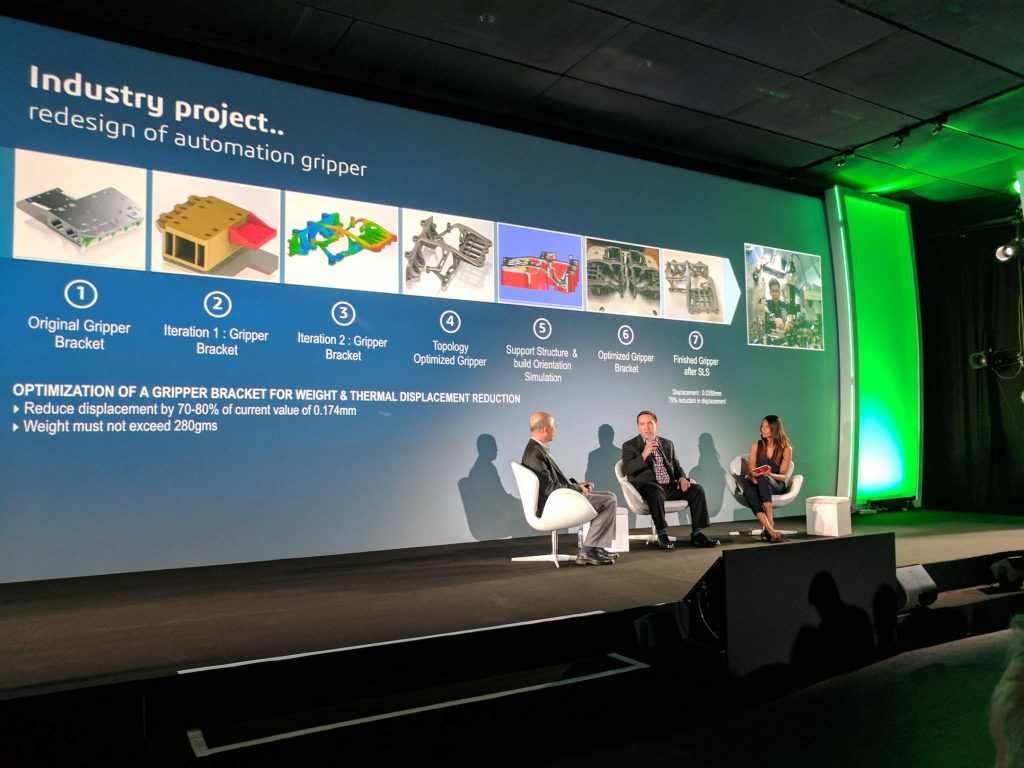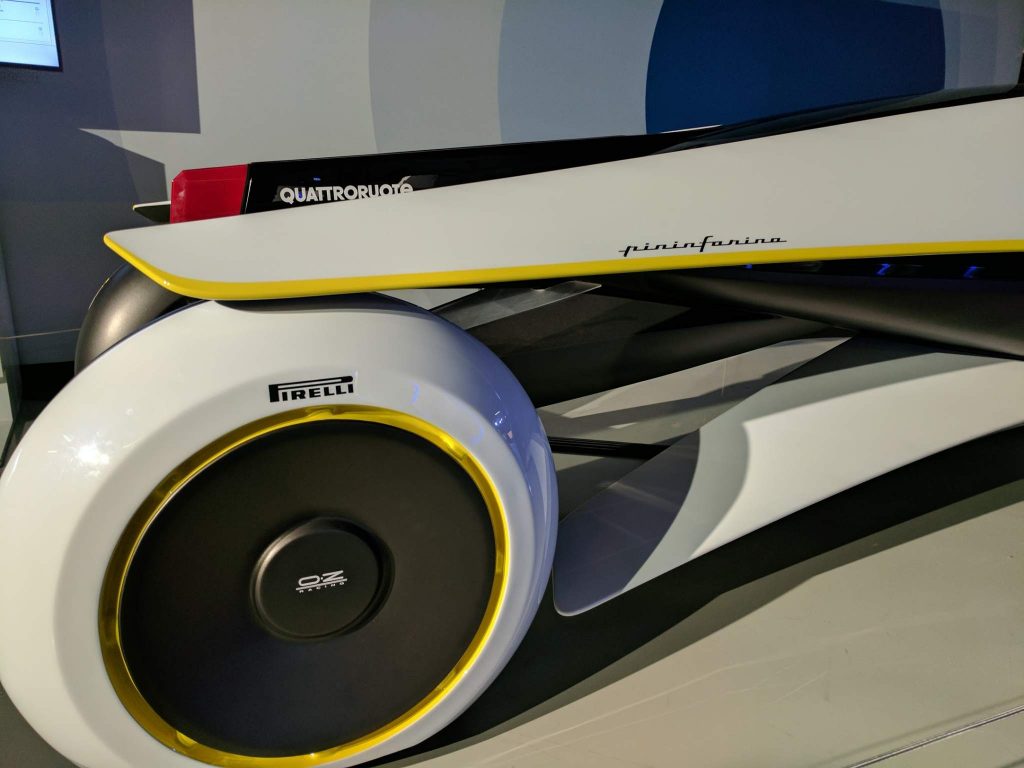This is a guest post in our series looking at the future of 3D Printing. To celebrate 5 years of reporting on the 3D printing industry, we’ve invited industry leaders and 3D printing experts to give us their perspective and predictions for the next 5 years and insight into trends in additive manufacturing.
Stephen Chadwick is Managing Director EuroNorth at Dassault Systèmes. Dassault Systèmes are known as the 3DEXPERIENCE company. As the developers of 3D design tools, digital mock-up, and product lifecycle management software, Dassault Systèmes software is behind a remarkable number of engineering and manufacturing enterprises.
3D Printing: The Next 5 Years by Stephen Chadwick
The 3D design simulation technology that supports Additive Manufacturing (AM) is evolving in-line with the 3D Printing industry. Partnerships with the most advanced and innovative production users are drivers for further development at industry scale.
To accelerate innovation towards longer ranges, lower weight and reduced emissions the aerospace industry will continue to be the force behind developing more advanced stress, thermal evaluation and cooling rate calculations prior to part manufacture.

Digital simulation
The need for in-service predictability being paramount, simultaneous 3D design and component analysis through 3D simulation is set to reach even greater scope and accuracy over coming years. Digitally simulated parts will increasingly be placed in real-life contexts to show how they will behave and perform when made and used. 3D simulations can include a 4th dimension; time, to demonstrate product performance over its lifecycle.
Industry partners and customers are embracing this technology as well. For example, following a two-year comprehensive benchmarking process, Airbus Group is extending its use of additive manufacturing by integrating design, simulation and production.
Robert Nardini, Senior Vice President Engineering Airframe, Airbus recently said “Numerous projects across Airbus are accelerating the use of additive manufacturing to produce prototypes as well as production components potentially delivering lighter and less expensive parts that meet technological, performance, safety and cost standards.” He added, “Airbus has long used 3D simulation applications to accelerate the structural analysis and virtual testing of aircraft and now we can define a new way of designing parts by leveraging simulation-based 3D design to better answer aviation market needs.”
Another AM partnership is with leading international high-technology group in aerospace and security, Safran Group where virtual validation of the additive manufacturing process is being developed. This will provide digital continuity for all engineering parameters necessary for the additive manufacturing of engine parts.

A unified enterprise platform
Deploying AM will increasingly help bring otherwise dispersed islands of expertise onto a unified enterprise platform. This provides the ability to access all relevant data from a single source, meaning there is only one version of the truth from ideation to production and beyond.
Using integrated design and analysis applications on a unified platform enables ‘hard points’ i.e. points of contact, to be defined as design drivers. This means that points of contact, space envelopes, functional and structural requirements can be used to define forms automatically in a process called, generative design. Integrating Finite Element (FE) analysis into the 3D design process in real-time makes it possible to develop products with the precise structural characteristics needed to match their intended function. Designing this way not only saves time but can also help overcome current and predicted shortages of highly qualified design engineers, because part of the design process is automated.

Manufacturing companies will continue to take advantage of automated design assistants for parts, whether they are 3D printed or not, thus accelerating this new wave of industrial transformation. Through a unified business platform companies will reap the productivity benefits delivered through an end-to-end solution, including all engineering parameters, for the additive manufacturing of parts inclusive of material science, functional specification, generative design, 3D printing optimization, multi-robotic production and certification. When it is run on a seamless unified platform that builds bridges between skills, the advantages and benefits of AM technology are multiplied.
Working and partnering with some of the most innovative and forward looking organisations in the world means that we can share insights into 3D technology developments and continue to support future technological progress for many years to come.
This is a guest post in our series looking at the future of 3D Printing, if you’d like to participate in this series then contact us for more information. For more insights into the 3D printing industry, sign up to our newsletter and follow our active social media channels.
Don’t forget that you can vote now in the 1st annual 3D Printing Industry Awards.
More information about Dassault Systèmes is available here.
#futureof3Dprinting
Featured image shows Dassault Systemes at Milan Design Week 2017. Photo by Michael Petch



